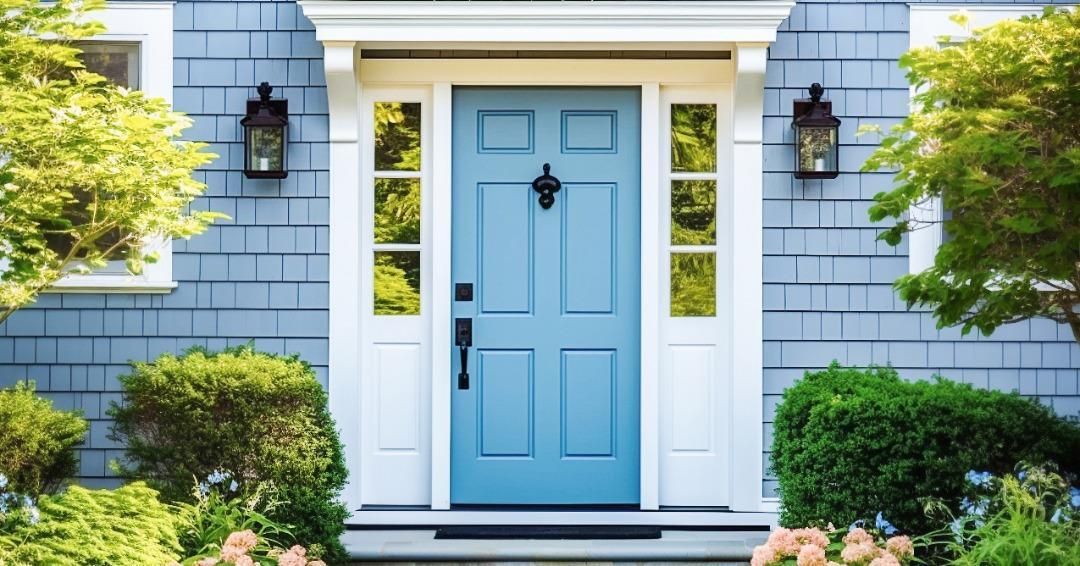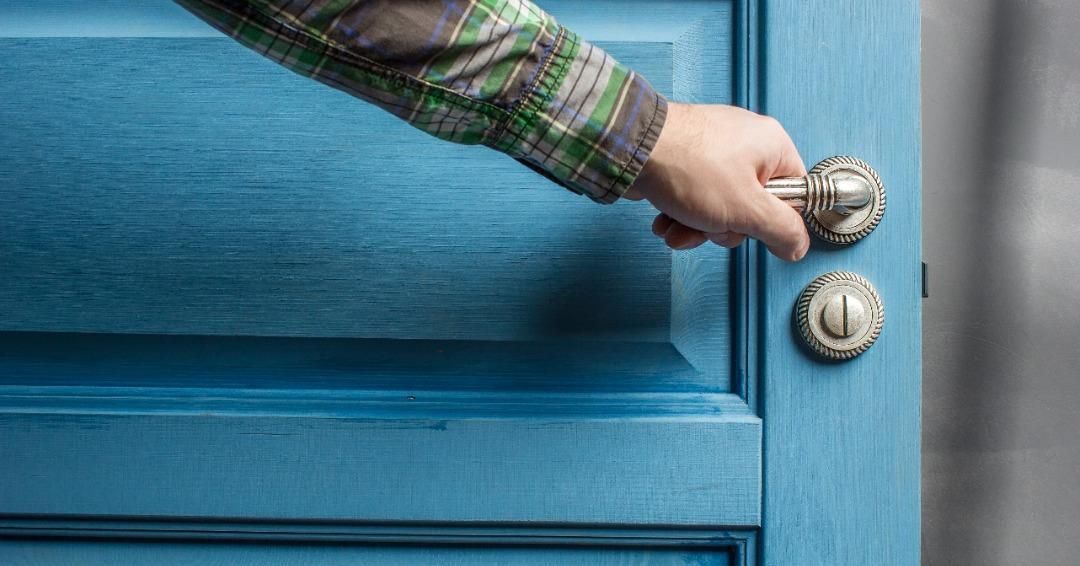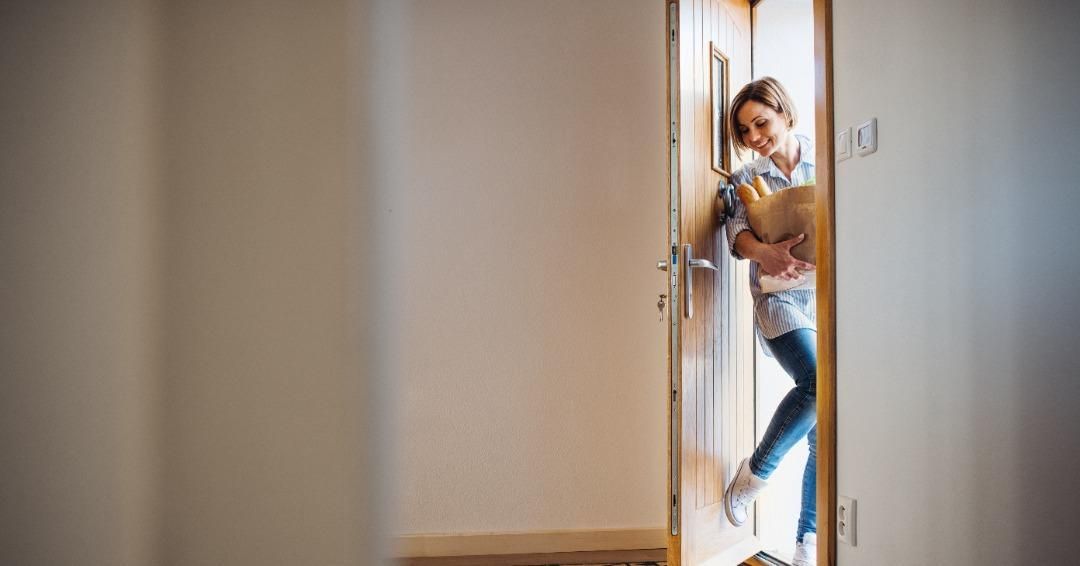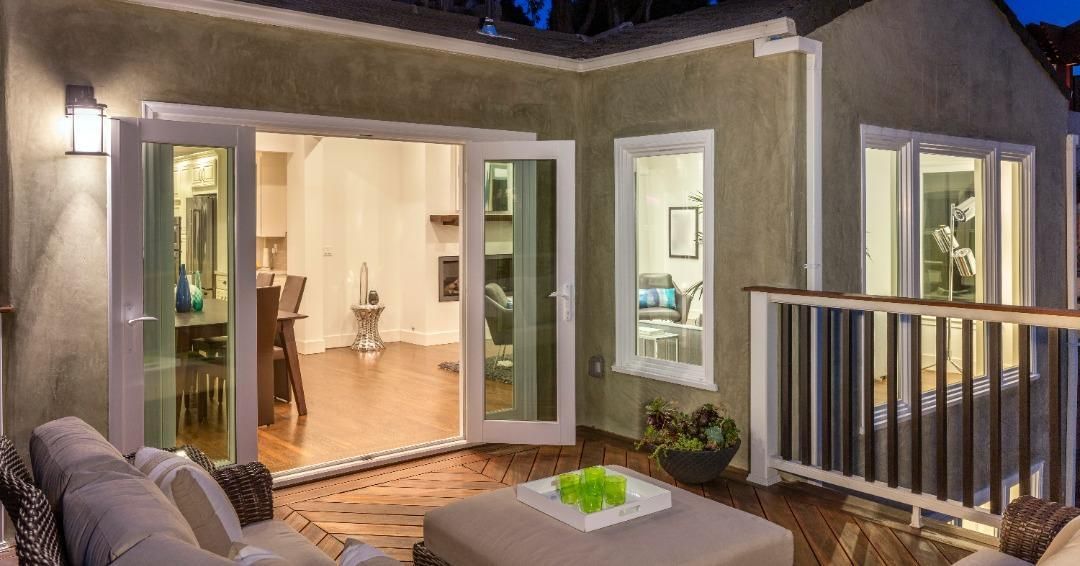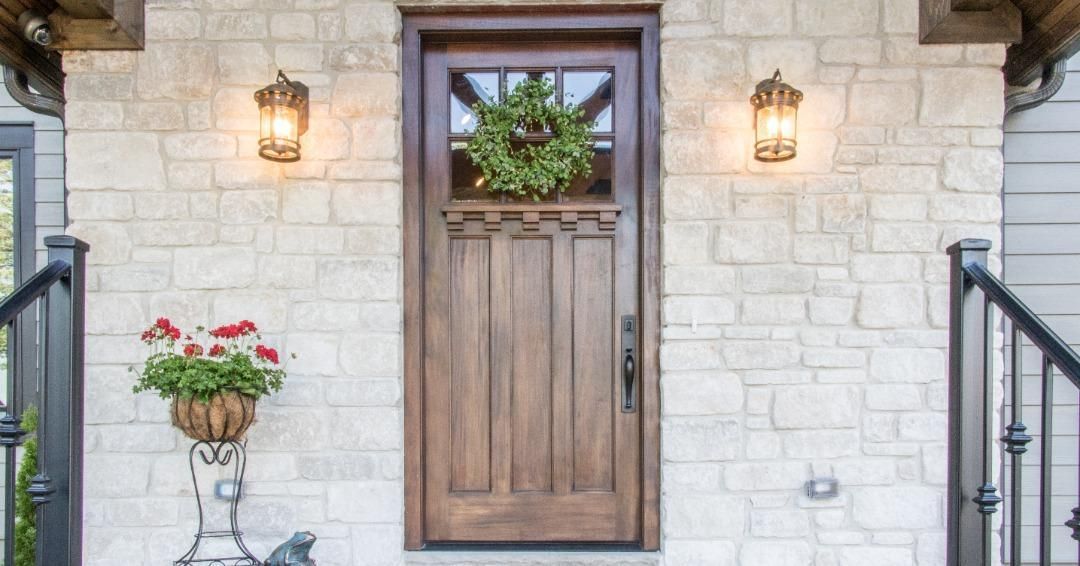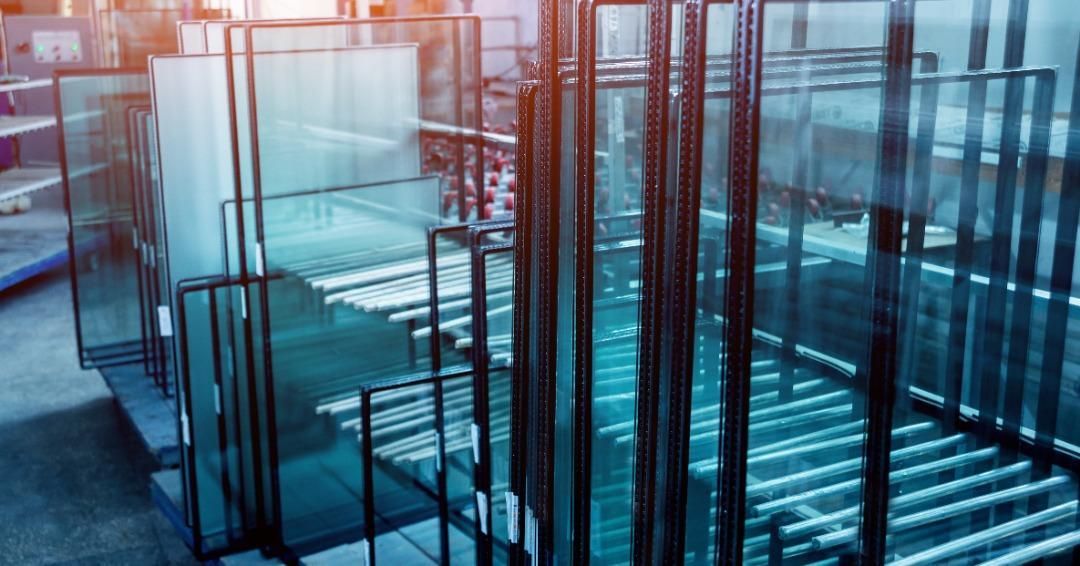What Is Laminate Glass?
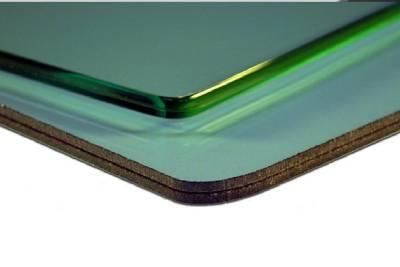
Laminate glass is a type of safety glass widely used in various industries, including automotive, construction, and interior design. It is a composite material made by sandwiching a layer of plastic film between two layers of glass. This unique construction gives it distinctive properties, making it a popular choice for applications requiring enhanced safety, security, and insulation.
Understanding the Basics of Laminate Glass
Laminate glass, also known as safety glass or laminated safety glass, consists of two or more layers of glass bonded together with an interlayer of plastic film. This interlayer, usually polyvinyl butyral (PVB), sets laminate glass apart from ordinary glass. The interlayer provides strength, durability, and safety benefits, making it highly desirable in many industries.
Unlike ordinary glass, which breaks into sharp, dangerous shards, it is designed to hold together when shattered. This is because the interlayer acts as a barrier, preventing the glass from splintering and reducing the risk of injury. This property makes laminate glass an excellent choice for applications where safety is a priority, such as in vehicles, buildings, and even in manufacturing certain products.
The use of laminate glass in the automotive industry can be traced back to the early 20th century. As cars became more prevalent, there was a growing concern for passenger safety. In response, laminate glass was introduced as a safety measure to protect occupants in the event of a collision. The interlayer in the laminate glass helps to absorb impact energy, reducing the risk of injury from flying glass shards.
Over the years, advancements in technology and manufacturing processes have led to the widespread adoption of laminate glass in various applications beyond automotive. In architecture, laminate glass is commonly used in windows and doors of high-rise buildings. The interlayer provides safety benefits and enhances sound insulation and UV protection. Additionally, the interlayer can be customized with different colors and patterns, allowing for creative and unique interior design.
It can also be found in bulletproof glass and hurricane-resistant windows. The interlayer in these specialized laminates is made of polycarbonate, which offers enhanced strength and protection against extreme forces. This makes it essential in industries where safety and security are paramount.
The Manufacturing Process
Materials Used in Laminate Glass
The production of laminate glass involves several key materials. The two layers of glass used are typically annealed or tempered glass, which provides strength and structural integrity. As mentioned earlier, the interlayer is typically made of polyvinyl butyral (PVB) due to its excellent bonding properties and ability to absorb impact. PVB is a durable material that ensures the layers of glass remain bonded even if the glass breaks.
Step-by-Step Production Process
First, the layers of glass and interlayer material are assembled. The assembled layers are then heated and pressurized to bond them together. The heat and pressure cause the plastic interlayer to melt and fill the microscopic imperfections on the surface of the glass, creating a strong and durable bond. Once the bonding process is complete, it is cooled and undergoes quality testing to ensure it meets the required safety standards.
Key Features of Laminate Glass
Safety and Security Benefits
Its’ primary advantages are enhanced safety and security features. The interlayer of the plastic film provides a significant barrier, preventing the glass from shattering upon impact. In the event of a breakage, the interlayer holds the broken pieces together, reducing the risk of injuries from sharp shards. This feature makes laminate glass a popular choice for applications where safety is a top priority, such as windows in high-rise buildings, car windshields, and protective barriers.
Sound Insulation Properties
Laminated glass also offers excellent sound insulation properties. The multiple layers of glass and the viscoelastic interlayer work together to reduce noise transmission, providing a quieter and more peaceful environment. This feature makes it ideal for applications in urban areas or busy environments where noise pollution is a concern. It can be used in windows, doors, and partitions to create a more comfortable and tranquil space.
UV Protection and Energy Efficiency
Another notable advantage of laminate glass is its blocking of harmful ultraviolet (UV) radiation. The interlayer in laminate glass can effectively filter out a significant portion of the UV rays, reducing the risk of sun damage to interior furnishings and protecting occupants from harmful UV exposure. Laminate glass can also contribute to energy efficiency by reducing heat transfer. The interlayer acts as a thermal insulator, helping to keep interiors cooler in hot climates and reducing the reliance on air conditioning.
Applications
Use in Automotive Industry
The automotive industry was one of the first industries to embrace laminate glass. Today, all modern vehicles are equipped with laminate glass windshields because of their superior safety features. In a collision, the laminated glass windshield provides crucial structural support to the vehicle and protects the passengers from being ejected. Additionally, the windshield interlayer helps reduce the risk of injuries from shattered glass.
Architectural Applications
It is commonly used in the design of windows, doors, and facades of commercial buildings and residential homes. The safety features of laminate glass provide peace of mind to building occupants by offering protection against forced entry, impact, and extreme weather conditions. Furthermore, it has sound insulation properties to help create a quieter and more comfortable living or working environment.
Use in Interior Design
It can create stunning partitions, glass dividers, or decorative elements within a space. The interlayer of laminate glass can also incorporate various design elements such as colors, patterns, or textures, allowing for customization and artistic expression. Additionally, the safety features of laminate glass make it a preferred choice for areas that require a high level of safety, such as staircases, balconies, and glass flooring.
How to Maintain and Clean
Regular Cleaning Tips
Keeping it clean is relatively simple. Regular cleaning with a mild, non-abrasive glass cleaner and a soft cloth is usually sufficient to remove dirt, fingerprints, and smudges. It is important to avoid using harsh chemicals or abrasive materials that may scratch or damage the glass surface or the interlayer. It is also recommended to clean the edges and corners of laminate glass thoroughly to remove any accumulated dirt or grime.
Dealing with Scratches and Damage
If it is scratched or damaged, it is generally impossible to repair the glass. You should consult a professional glass supplier or installer to assess the extent of the damage and determine the best course of action.
In closing
Laminated glass offers a range of benefits that make it a versatile and reliable choice for various applications. Its unique construction, combining layers of glass and a plastic interlayer, provides enhanced safety and security, sound insulation properties, UV protection, and energy efficiency. From automotive windshields to architectural facades and interior design elements, laminate glass has proven to be a top choice for industries prioritizing safety, comfort, and aesthetics. With proper maintenance and care, laminate glass can provide long-lasting performance and create a safer and more enjoyable environment.

